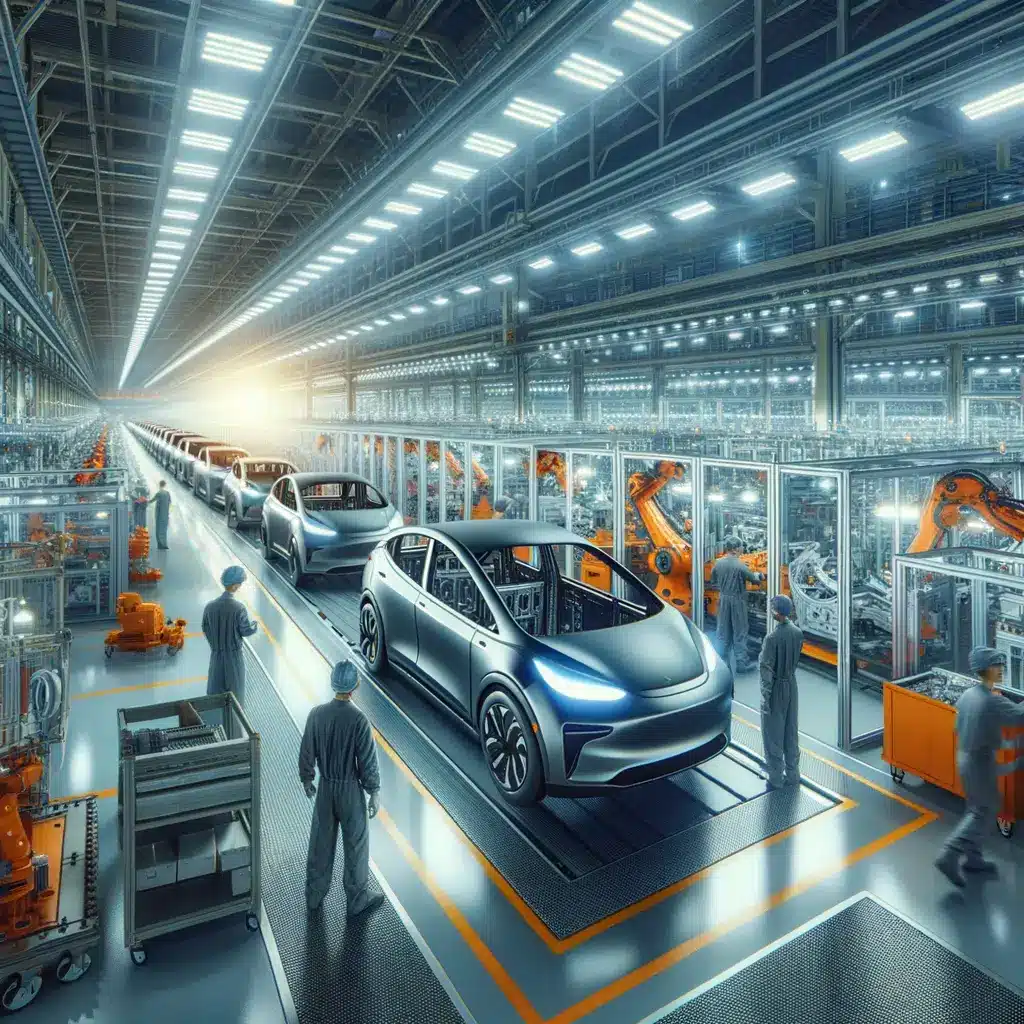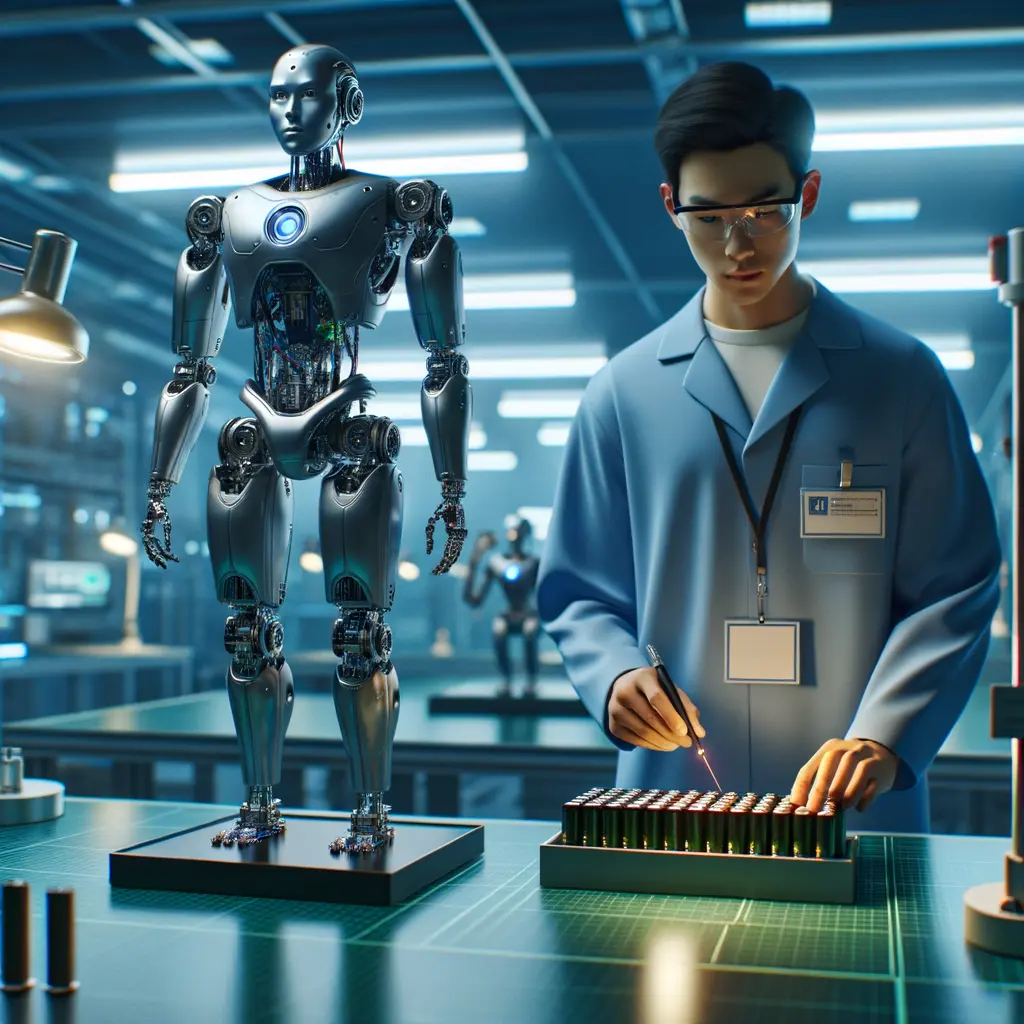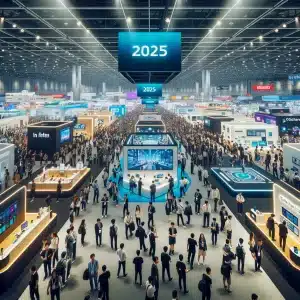Why the Tesla EV Tax Credit Matters in 2024
For more than a decade, the $7,500 federal incentive has been a powerful demand lever for Tesla. With that Tesla EV tax credit now scheduled to disappear, analysts such as William Blair’s Jed Dorsheimer argue that the playing field is about to change dramatically. When customers walk into a showroom, price remains the number-one driver of adoption. Losing the incentive effectively makes every Model 3 or Model Y $7,500 more expensive overnight—unless Tesla absorbs the cost in the form of steeper price cuts. Dorsheimer’s concern is straightforward: each price reduction chips away at the Tesla gross margin the market has come to expect.
The credit’s removal also arrives at a time when competition from Ford, GM and emerging Chinese brands is intensifying. If the company has to sacrifice profitability to keep deliveries rising, shareholders could experience heightened volatility. On the flip side, some retail investors believe demand for the brand is so strong that the missing incentive will barely register.
Later in this post we will explore the mechanics of regulatory credits Tesla sells to legacy automakers—another pillar now at risk. For more background on EV policy shifts, read our overview of upcoming emission-standard changes.

Understanding Federal EV Incentives and Regulatory Credits
Most headlines focus on the $7,500 consumer incentive, but two separate credit programs shape Tesla’s revenue stream. The first is the point-of-sale Tesla EV tax credit that directly reduces a buyer’s cost. The second bucket—often overlooked by retail traders—is the portfolio of zero-emission and Corporate Average Fuel Economy (CAFE) credits Tesla earns and then sells to automakers still reliant on combustion engines. These regulatory credits Tesla generated delivered roughly $2.8 billion in high-margin revenue last year, cushioning R&D spending on full-self-driving and battery innovation.
The U.S. Department of Transportation’s recent decision to soften CAFE penalties dramatically reduces the value of these credits after September 30. In practical terms, Ford or Stellantis will no longer need to pay premium prices to Tesla to offset their own shortfalls. That change compounds the elimination of the consumer incentive, creating a one-two punch to both top-line and bottom-line performance.
Dorsheimer’s downgrade rests on this very nuance: while Wall Street models often emphasize vehicle volume, a shrinking pool of high-margin regulatory credits Tesla can sell could pressure cash flow just as cap-ex ramps for the next-gen platform. For a deeper dive on how credits flow through Tesla’s income statement, see our explainer on sustainability accounting rules.

How Lost Credits Threaten Tesla Gross Margin Targets
Heading into the latest earnings call, consensus expected a 16.5 percent Tesla gross margin, but Jed Dorsheimer warned it could slip to 15.4 percent even before the Tesla EV tax credit officially sunsets. Remove both consumer and regulatory credits and margins could compress another 200–300 basis points, according to his model.
Why does a single percentage point matter? Every 100-basis-point change equates to roughly $1 billion in annual operating income, money that funds Gigafactory expansions and the much-anticipated Robotaxi business model. If Tesla elects to cut prices—an approach seen several times in 2023—the hit widens. Alternatively, maintaining sticker prices risks slowing deliveries and ceding market share to rivals like Hyundai’s Ioniq 5 or Ford’s Mustang Mach-E.
Investors should also watch inventory days-on-hand. Rising inventory after the credit expires would be an early red flag. The silver lining is Tesla’s industry-leading cost structure: vertical integration of battery packs and proprietary power electronics still gives the company room to maneuver. Check our latest teardown of Model Y production costs for granular savings estimates.
Investor Tug-of-War: Retail Optimism vs Institutional Caution
One of the most striking observations from the Jed Dorsheimer analysis is the divide between retail and institutional investors. Retail forums on X (formerly Twitter) celebrate every FSD beta update and view the Tesla EV tax credit expiry as a mere speed bump. Institutions, by contrast, model quarterly free cash flow and weigh it against rising interest rates, prompting caution.
Dorsheimer argues that the divergence stems from time horizon. Retail buyers often look five-plus years out, envisioning a fleet of autonomous vehicles generating SaaS-like margins. Hedge funds and mutual funds, however, must report performance quarterly; they can’t ignore a near-term earnings dip.
Elon Musk understands this dynamic and frequently shifts the narrative to long-run opportunities—Robotaxi, humanoid robots, or even merging data from XAI’s large language models. That storytelling can buoy sentiment temporarily but won’t replace the lost regulatory credits Tesla relied on.
For investors seeking balanced exposure, consider tracking delivery numbers, average selling price trends, and software-attached rates. Our recent guide on EV valuation multiples provides benchmarks across Rivian, Lucid and traditional OEMs.

Beyond Cars: Robotaxi Business Model and Humanoid Robots
Even as credits vanish, Musk points to new revenue streams. The forthcoming Robotaxi business model could transform Tesla from a hardware seller into a mobility-as-a-service platform. Management projects operating costs per mile well below traditional ride-hailing because vehicles are electric, autonomous and serviced in-house. If those assumptions hold, gross margins could rival today’s software firms, eventually offsetting declines tied to the Tesla EV tax credit.
Then there’s Optimus, the humanoid robot Musk believes could one day outpace vehicle revenue. Dorsheimer is intrigued—he jokes he wants to buy one for his farm chores—but he tempers enthusiasm with commercialization risk. Manufacturing robots at automotive scale involves new supply chains, safety standards and regulatory hurdles.
Still, R&D spending on AI chips and actuators benefits both cars and robots, creating positive spillovers. Investors tracking this frontier should watch for pilot deployments in Tesla factories and any updates at the next AI Day. For context on the competitive landscape, read our comparison of Waymo’s autonomous unit economics.

Strategic Outlook After the Tesla EV Tax Credit Sunset
What should investors monitor once the Tesla EV tax credit officially expires? First, track sequential gross margin to gauge how effectively Tesla offsets the lost incentives. Second, watch delivery guidance; any downward revision would confirm demand elasticity. Third, scrutinize the size of regulatory credits Tesla books in Q4 and Q1 2025—they may fall faster than consensus expects.
On the opportunity side, Gigafactory Mexico’s low-cost platform could restore margin buffer, while the expansion of the Robotaxi business model promises a recurring-revenue layer. Musk also hinted at licensing FSD to other automakers, opening a high-margin software channel independent of credits.
Ultimately, the expiry forces Tesla to prove that its competitive edge is structural, not subsidy-driven. If the company sustains double-digit Tesla gross margin without incentives, the bull thesis strengthens. If not, institutions may press for capital discipline.
As always, diversification matters. Consider balancing a Tesla position with exposure to battery suppliers or charging-network operators—topics we cover in our guide to EV infrastructure ETFs. Whether you’re bullish or cautious, the next 12 months will clarify how the market prices Tesla in a post-subsidy world.







